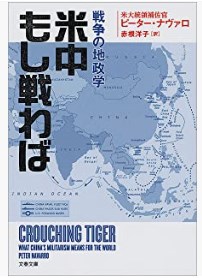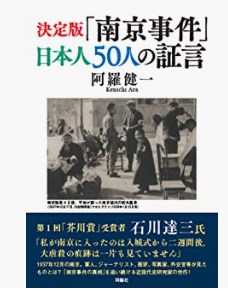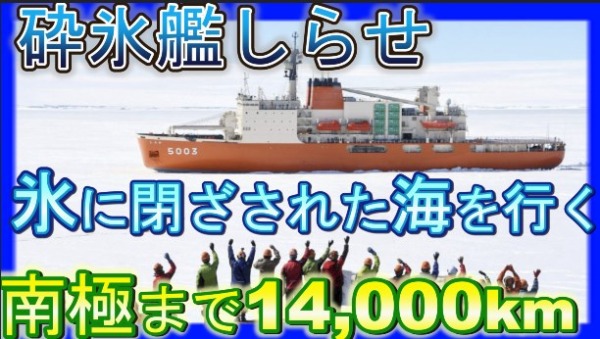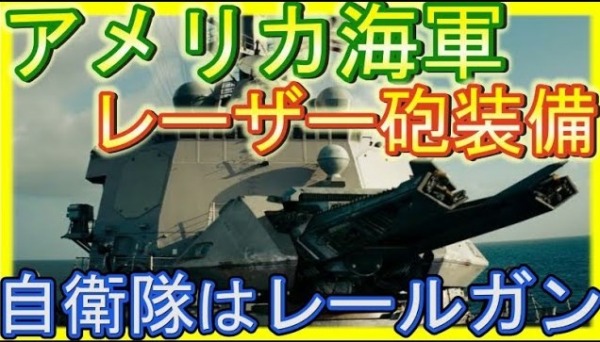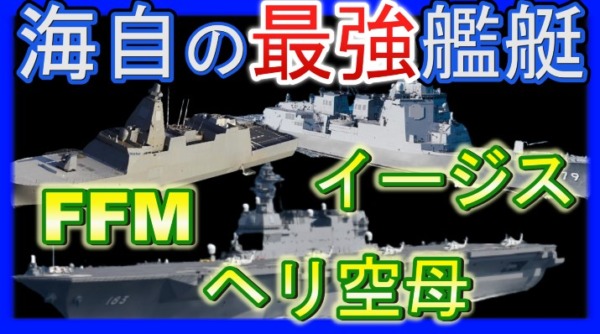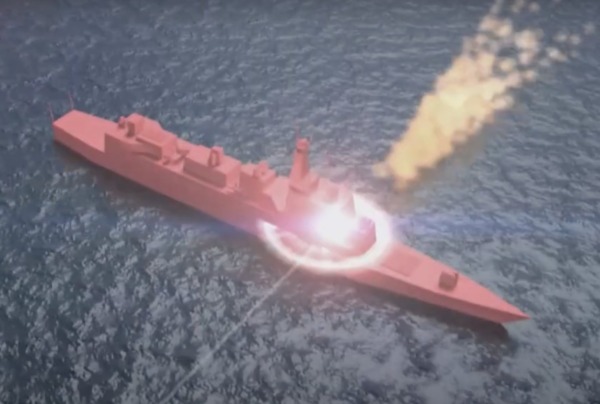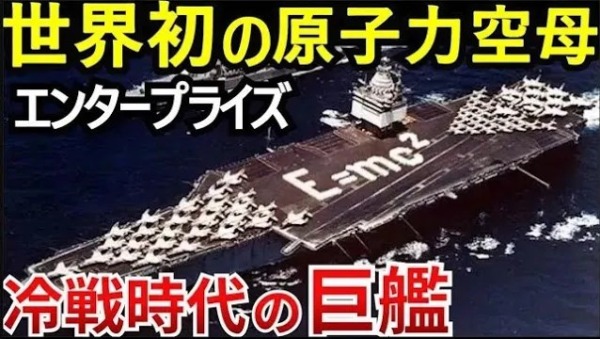
Amazonのオーディオブック12万タイトルの本を好きなだけお楽しみいただけます。・本の1冊分の月額で聴き放題
・料金をメリットが上回る
・いつでも読書できる
・読書量が格段に増え、積読が解消される
・長時間の読書も目が疲れない
・聴くたびに学びを感じる

This article is available in English. Please scroll below the Japanese article to see the English version.
2020年3月5日、世界初となるリチウムイオン電池搭載潜水艦が就役した。
その名は「おうりゅう」
そうりゅう型の11番艦となる「おうりゅう」は動力がリチウムイオン電池になったことで潜行時間がさらに向上しており、作戦行動上において有利になった。
潜水艦は艦艇からすると、もっとも脅威となる兵器であり、各国海軍でも重要な地位を占めている。
世界で海軍がある国は120カ国を超えるが、その中で潜水艦を保有する国は41カ国にもなり、隻数は合計で約460隻以上といわれている。
500トン程度の小型なものから2万トン近い原子力潜水艦まで、サイズや任務も多様である。
原子力潜水艦を保有する国は、アメリカ、ロシア、中国、フランス、イギリス、インドの6カ国だけとなっており、その他はすべて通常動力潜水艦となっている。
その中でも世界初となるリチウムイオン電池搭載の「おうりゅう」は各国から注目を浴びている。
今回は日本の潜水艦にフォーカスして最新のおうりゅうを含め、現役のおやしお型、そうりゅう型の特徴を解説していこう。

海自の潜水艦の動画もあるのでお楽しみに♪[
この記事に書かれている内容は
おやしお型潜水艦
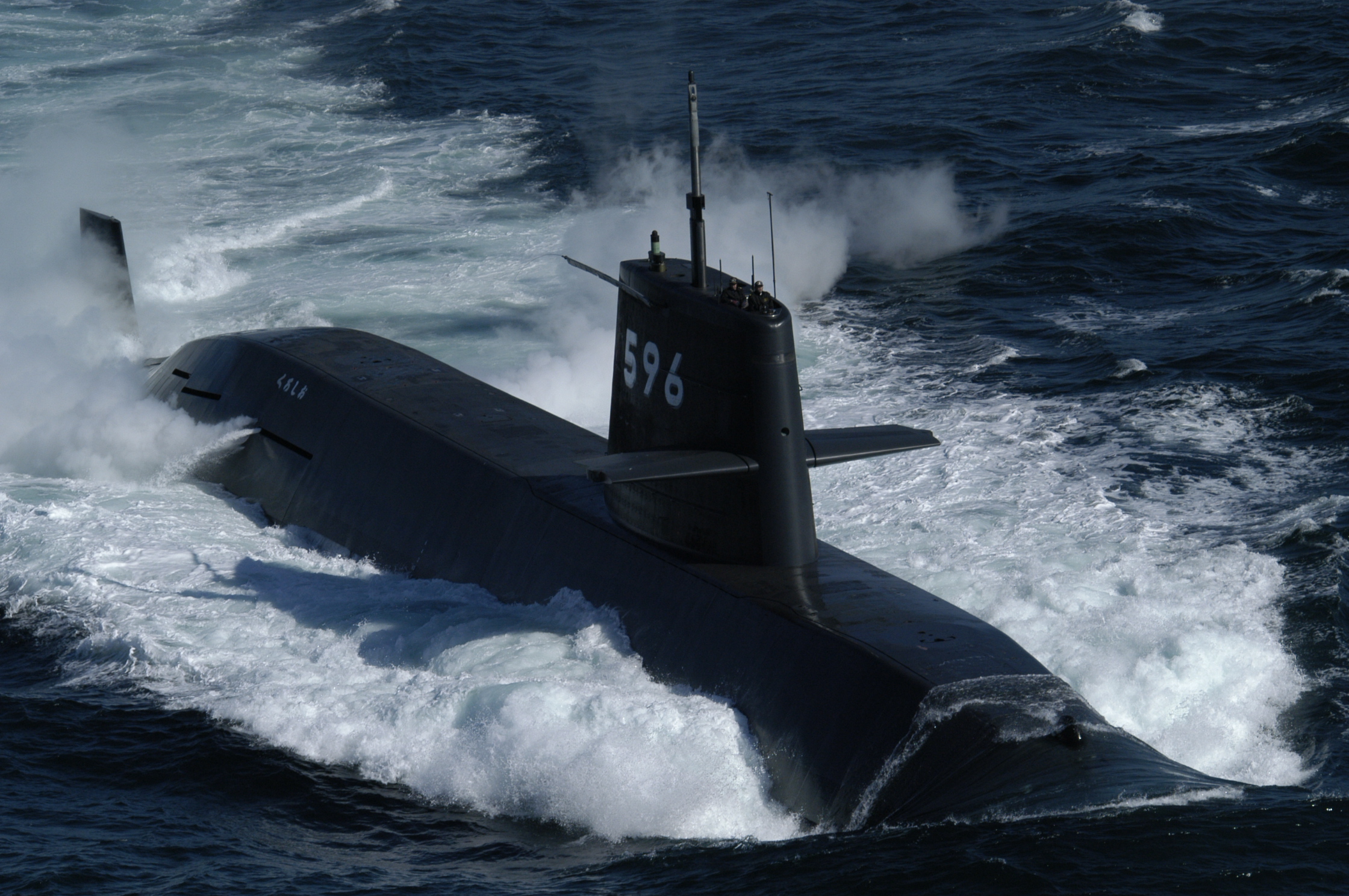
引用:https://www.mod.go.jp/msdf/
海上自衛隊の潜水艦の歴史は「くろしお型」から始まり、現在就役しているのは「おやしお型」11隻と「そうりゅう型」12隻である。
くろしお
おやしお
はやしお
なつしお
おおしお
あさしお
うずしお型×7隻
ゆうしお型×10隻
はるしお型×7隻
おやしお型×11隻
そうりゅう型×12隻
おやしお型潜水艦は1998年から2008年にかけ11番艦まで就役しており、1、2番艦はすでに練習潜水艦として最前線を退いているものの、全艦現役で活躍している。
全長82m 幅8.9m 動力はディーゼルエレクトリック、 水中速力20ノット(時速約 37km)、水中排水量3500トン、乗員70名
潜行深度は作戦上、潜水艦の一番重要な秘密であるが、500m以上は可能といわれている。
特徴としては、ソーナーアレイが艦首のほかに船体にも装備されており、そのため涙型船体から葉巻型船体へと変更されている。
涙型とは涙のしずくのような形状、いわゆるティアドロップ型で葉巻型とは円筒形の部分が長い船形である。

引用:https://www.pinterest.cl/pin/621567186058319526/
海上自衛隊は作戦行動ができる潜水艦を22隻体制にすることを目的としており、そのため艦歴の古い潜水艦は延命のため改修工事が行われ、さらに新しい戦術システムに換装されつつある。
ソーナーシステムはZQQ-6 と呼ばれるものであるが、改修工事により、新型のそうりゅうクラスと同様のZQQ-7に変更になるといわれている。
艦艇やヘリコプターから吊られたセンサーで潜水艦を捜索するときはソーナーという音を水中に発信し、跳ね返ってきた音を分析することで、潜水艦かどうかを判別する。

引用:https://ja.wikipedia.org/wiki
「おやしお型」の船体の一部には吸音タイルが貼られおり、ソーナー音が当たったときに反射しにくいといったメリットがある。
また、新しい統合ソーナーシステムにより水中捜索能力を大きく向上している。
おやしお型の武器については533mm魚雷発射管6門で対艦ミサイルも発射可能である。
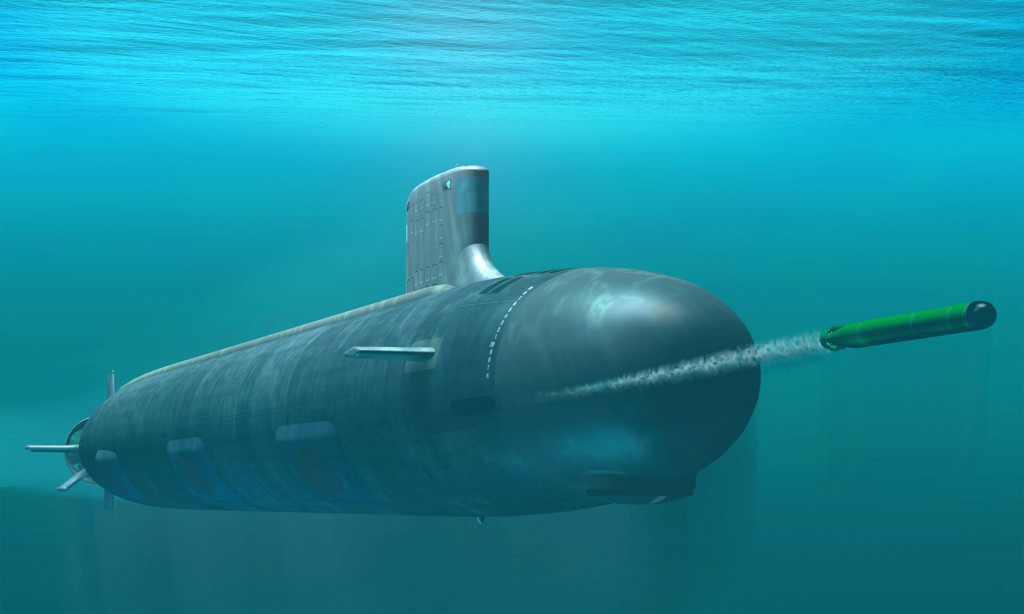
引用:https://stonewashersjournal.com
魚雷については1989年に作られた89式長魚雷を現在も使用しており、2枚のプロペラで水中を進む二十反転プロペラで、水中速力40ノット以上(約80km)で900m以上は潜行できるといわれている。

引用:https://japaneseclass.jp
89魚雷はソーナー音を発信しながら目標を捜索するアクティブモードと相手のエンジン音などを探知して捜索するパッシブモードのほか、リモートコントロールによる有線誘導も可能となっ
ている。
次期魚雷は2018年に開発された18式魚雷が装備される予定となっている。
そうりゅう型潜水艦

引用:https://repmart.jp/blog
そうりゅう型の特徴として動力がスターリング AIPになり、艦尾のX駝、非貫通型潜望鏡などがあり、潜水艦としての性能は世界でもトップクラスのレベルだ。
全長84m 幅9.1m 動力 AIP(スターリングエンジン)、水中速力20ノット(時速約 37km)、水中排水量4200トン、乗員65名
AIP システムとはスウェーデンが開発した動力機関であり低速力で航行した場合、長時間電池容量を低下させることなく走ることができ、おやしお型と比較すると水中行動能力はかなり向上している。
潜行時間を大幅に長くできるため、乗員のために艦内の空気の管理も徹底されており、一酸化炭素、二酸化炭素除去装置を装備して、空気の清浄度を常に監視している。
また、艦尾のX型をした舵は、そうりゅう型の特徴でもあり、水中での運動能力が向上している。

非貫通型潜望鏡とは、マストに光学カメラがついていて、周囲を数秒で撮影して潜航後にその画像を分析できるため、従来のように周囲を見回して確認する必要がないため敵に見つかる可能性が低くなるメリットがある。

引用:https://ameblo.jp/9023410651/entry-12106403564.html
さらに、艦内のネットワークが強化されており、データの共有や表示が可能となって戦闘状況の把握がしやすくなっている。
世界初のリチウムイオン電池潜水艦「おうりゅう」
引用:https://jp.sputniknews.com/
そうりゅう型潜水艦の11番艦として2020年3月5日に就役したのが「おうりゅう」だ
世界初となるリチウムイオン電池による動力の研究は当時の防衛庁で1997年に始まり、運用面や技術面における試行錯誤を重ね23年の年月を経て、ついに完成した。
きっかけは、1994年、バッテリーで有名な企業「GSユアサ」から潜水艦用のリチウムイオン電池の提案が出されたことである。
船体のサイズについてはそうりゅうと変更はないが、おうりゅうでは10番艦まで使用されていたAIPシステムと鉛電池をリチウムイオンに換装しており、中・高速航行でも行動能力が向上している。
充電時間も短くなることがら、迅速な作戦海域への進出、機動力を生かした作戦行動などが期待でき、従来の鉛電池と比較すると軽量かつ2倍のエネルギーが得られ、化学反応による有毒ガスの発生がないため潜水艦のような密閉空間に向いている。
さらに、充電と放電を繰り返しても劣化するスピードが遅いため、メンテナンスの面においても有利だ。
潜水艦のバッテリー充電とは?
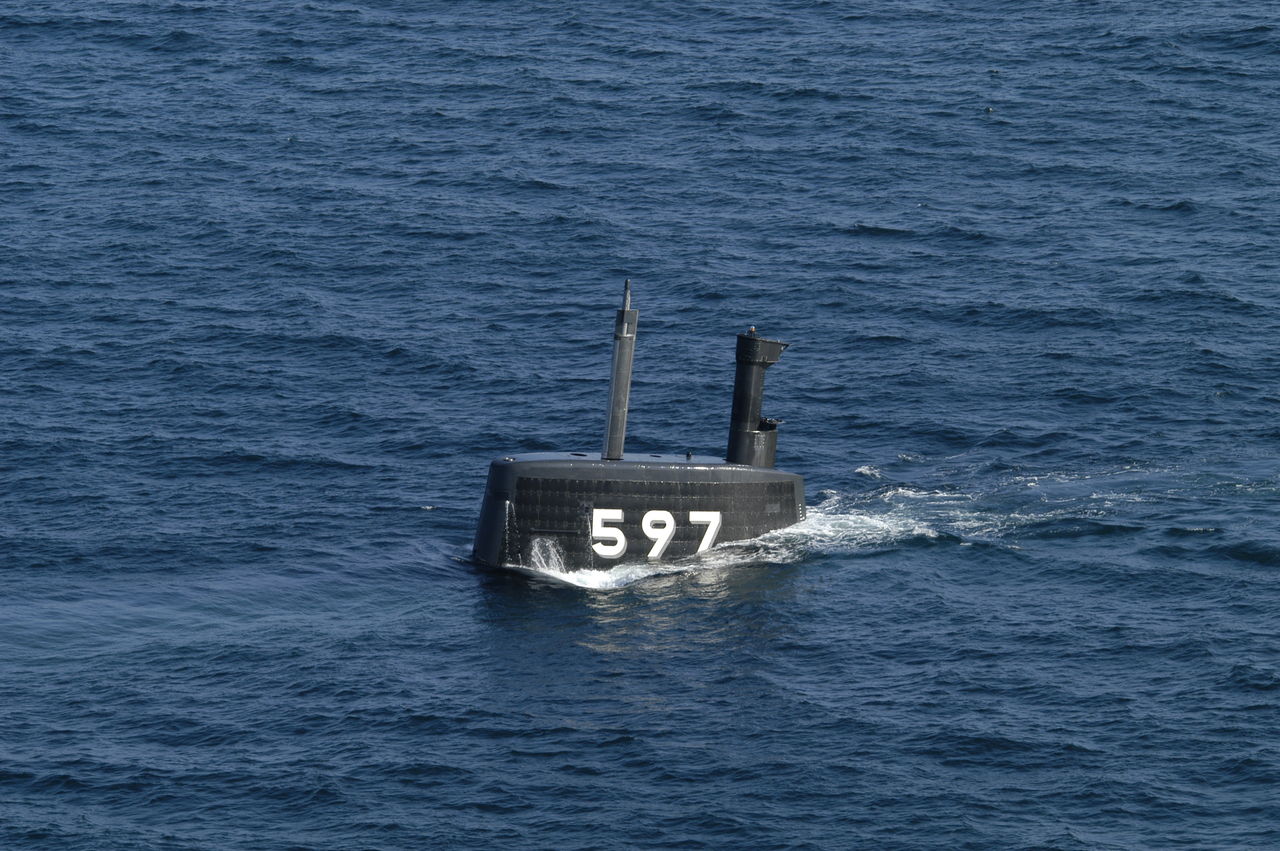
引用:http://blog.livedoor.jp/corez18c24-mili777
潜水艦の電池を充電する際は、浮上してディーゼルエンジンを回す必要がある。
ガソリンを使って発電機をまわして電気を作るイメージといえば分かりやすいだろうか。
そのためには、空気が必要となるため水上にシュノーケルを出さなければならない。
この間ディーゼルエンジンを機動しているためエンジン雑音が発生する。
また、シュノーケルが航空機や艦艇にレーダー探知される恐れもあるため、なるべく充電時間は短い方がいいのだ。
リチウムイオンバッテリーの場合、充電時間が従来の鉛電池に比べ短いため、浮上している時間も短くなり作戦上かなり有利となる。
リチウムイオン電池の価格は高価なため建造費は643億円となっており、10番艦の517億円と比較するとかなり高くなっている。
おうりゅうは船体と艦橋周りには、ほぼ吸音パネルや反射材が貼られ、相手のソーナー音を吸収、拡散させることで探知を困難にする。
また、自艦雑音(ノイズや振動)を押える働きもあるため、相手がパッシブモードで音を収集していても探知されにくいという特性がある。
武器については53.3cm水中発射管が6門あり、89式魚雷もしくは対艦ミサイルのハープーンの発射が可能である。
また魚雷攻撃を受けた場合にTCMと呼ばれる「おとり」が装備されており、船体後部から自走式デコイ・魚雷用ジャマーの運用が可能である。
海上自衛隊の潜水艦 まとめ
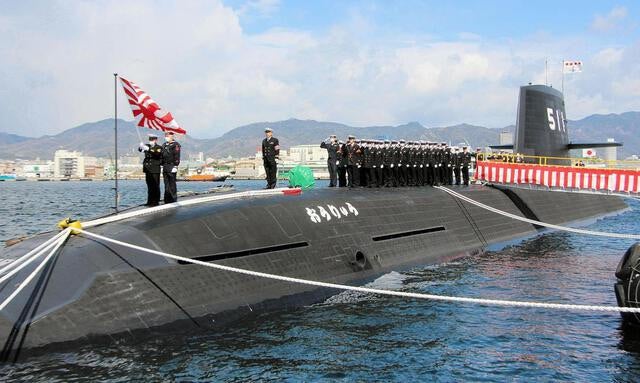
引用:https://ameblo.jp/kazzu1025
今回は、海上自衛隊が世界に誇る潜水艦、おやしお型とそうりゅう型について解説した。
日本の周辺国である中国、北朝鮮、ロシアは弾道ミサイルを発射できる潜水艦を保有しており、水中から発射された場合、イージス艦でも撃墜することは困難である。
イージスアショアの配備も中止され、いつどこからでも弾道ミサイルを発射できる潜水艦は艦艇や日本にとっても明確な脅威である。
日本の潜水艦の性能は世界トップレベルといわれている。
その性能を生かし有事の際は、水中に潜む敵をたたき、日本の安全を維持するためにも潜水艦の役割は重要である。
この記事が動画でご覧になれます。
The world’s first lithium-ion battery-powered submarine was commissioned.
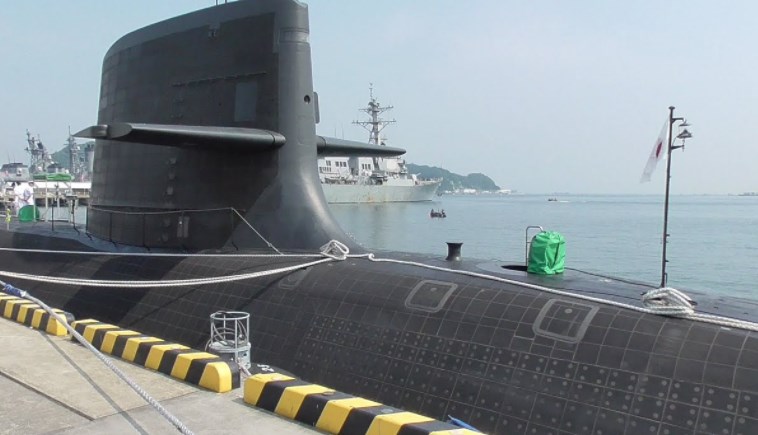
On March 5, 2020, the world’s first lithium-ion battery-powered submarine was commissioned.
Its name was Ouryu . . .
As an 11th ship of the Soryu class, the Ouryu is powered by lithium-ion batteries, which further improved its dive time and gave it an operational advantage in combat.
Submarines are the most threatening weapon for a naval vessel, and they are valued in any navy around the world.
Of the more than 120 countries in the world with a navy, 41 countries have submarines, and the total number is said to be more than 460.
The size of a submarine can range from smaller types weighing in at 500 tons to larger nuclear-powered submarines weighing in at nearly 20,000 tons.
Only six countries, the United States, Russia, China, France, England, and India, have nuclear-powered submarines, while all other countries use conventional powered vessels.
Among them, the world’s first submarine equipped with lithium-ion batteries, “Ouryu,” has been attracting attention from many countries.
In this article, I will focus on Japanese submarines and explain the features of currently active Oyashio and Souryu class submarines, including the latest Ouryu.
The history of the Maritime Self-Defense Force’s submarines began with the Kuroshio class, and there are currently 11 Oyashio and 12 Souryu class submarines active.
Kuroshio
Oyashio
Hayashio
Natsushio
Ooshio
Asashio
Uzushio x7 vessels
Yuushio x10 vessels
Harushio x7 vessels
Oyashio x11 vessels
Souryu x12 vessels
Between 1998 and 2008, 11 submarines of the Oyashio class have been commissioned, and although the first two vessels have retired from the front line and have become training submarines, all of them are still in active service.
Length: 82m, Width: 8.9m, Power: diesel-electric, Submerged speed: 20 knots (approx. 37km/h), Submerged water displacement: 3500 tons, Capacity: 70 people
The depth at which the submarine can submerge is the most important secret of a submarine for operational purposes, but it is said to be over 500 meters.
One of the features of the submarine is that it is equipped with a sonar array on not only the bow but the hull as well, which is why the hull was changed from a teardrop shaped hull to a cigar shaped hull.
The teardrop hull is shaped like a teardrop, or a water droplet, while the cigar hull has a long cylindrical section on the body.
The Japan Maritime Self-Defense Force is aiming to have 22 operational submarines in its fleet, and as a result, older submarines are being refurbished to extend their lifespan and are having their parts exchanged with newer tactical systems and technologies.
The sonar system right now is called the ZQQ-6, but it is said that it will be replaced by the ZQQ-7, which is also equipped on the newer Souryu class submarines.
When searching for submarines, sensors suspended from naval vessels and helicopters send out a soundwave called a sonar into the water, and by analyzing the sound that bounces back, they can determine if it is a submarine or not.
Part of the hull of the Oyashio class is covered with sound-absorbing tiles, which have the advantage of reducing the reflection of the sonar sound when it hits the hull.
It also has a new integrated sonar system that greatly improves its underwater search capabilities.
As for the weapons equipped by the Oyashio, the six 533mm torpedo tubes are capable of firing anti-ship missiles.
As for the torpedoes, the Type 89 long torpedo, built in 1989, is still in use today. It is a 20-reverse propeller torpedo that uses two propellers to propel it through the water and is said to be able to dive more than 900 meters at an underwater speed of more than 40 knots (about 80 kilometers).
The Type 89 Torpedo has two modes other than the remote-controlled wire-guided missile mode: an active mode in which it searches for targets by emitting a sonar sound, and a passive mode in which it searches for targets by detecting the sound of their engines.
As for the next generation torpedoes, the Type 18 developed in 2018 is panned to be equipped.
The Souryu class has features such as Stirling AIP power, X-shaped rudder on the stern, and a non-penetrating periscope, and its performance as a submarine is one of the best in the world.
Length: 84m, Width: 9.1m, Power: AIP (Stirling Engine), Submerged speed: 20 knots (approx. 37km/h), Submerged water displacement: 4200 tons, Capacity: 65 people
The AIP system is a power system developed in Sweden, which when run at low speed can stay active for a long time without degrading the battery capacity, and the underwater capability is greatly improved compared to the Oyashio class.
Since it can dive much longer, the ship’s air quality is thoroughly controlled for the sake of the crew, and it is equipped with carbon monoxide and carbon dioxide removal equipment to constantly monitor the cleanliness of the air.
The X-shaped rudder on the stern of the ship is also a feature of the Souryu class, which improves the ship’s ability to maneuver underwater.
A non-penetrating periscope is an optical camera attached to the mast that can take a picture of its surroundings in a few seconds and analyze the image after diving, which has the advantage of reducing the possibility of being spotted by the enemy since there is no need to look around and check the surroundings as in the past.
In addition, the ship’s network has been strengthened to enable data sharing and display, making it easier to keep track of the combat situation.
The “Ouryu” was commissioned on March 5, 2020 as the eleventh ship of the Souryu class submarines.
The world’s first research into powering a submarine with lithium-ion batteries began in 1997 at the then Defense Agency, and after 23 years of trial and error in operation and technology, it was finally completed.
It all started in 1994 when GS Yuasa, a company famous for its batteries, submitted a proposal for lithium-ion batteries for powering submarines.
The size of the hull is unchanged from the Souryu, but the AIP system and lead batteries which have been traditionally used in the Souryu class up to the tenth ship have been replaced with lithium-ion batteries, improving the submarine’s ability to operate at medium to high speeds.
The charging time is much shorter, and along with the benefit of being able to move quickly to operational areas and in combat, the batteries are lighter and produce twice as much energy as conventional lead-acid batteries, and do not produce toxic gases from chemical reactions, making them suitable for enclosed spaces such as submarines.
Furthermore, they are advantageous in terms of maintenance because they degrade slowly even after repeated charging and discharging.
When recharging the batteries of a submarine, it is necessary to surface and run the diesel engine.
It is easy to understand if you picture using gasoline to run a generator to produce electricity.
In order to do this, air is required and therefore the snorkel has to poke out from the surface.
During this time, the diesel engine is running, so engine noise is generated.
In addition, the snorkel may be detected by radar on enemy aircraft and naval ships, so it is preferable for the charging time to be as short as possible.
In the case of lithium-ion batteries, the recharging time is shorter than that of conventional lead-acid batteries, so the time spent on the surface is shorter, thus creating quite advantage for operations.
Lithium-ion batteries are expensive and the construction cost is 64.3 billion yen, which is much higher than the 51.7 billion yen for the 10th ship.
The Ouryu’s hull and bridge are almost completely covered with sound-absorbing panels and reflective materials that absorb and diffuse the sonar sound created by the enemy, making it difficult to detect.
It also suppresses its own ship’s noise (noise and vibration), making it difficult to be detected even if the enemy is collecting sound in passive mode.
As for weapons, the ship has six 533mm underwater launchers, capable of firing Type 89 torpedoes or Harpoon anti-ship missiles.
Also, it is also equipped with a “decoy” called a TCM in case of torpedo attack, and can operate a self-propelled decoy/torpedo jammer from the rear of the hull.
In this article, I explained the Maritime Self-Defense Force’s world-class submarines, the Oyashio and Souryu class submarines.
Japan’s neighboring countries, China, North Korea, and Russia, have submarines capable of launching ballistic missiles, and when launched from underwater, it is difficult even for Aegis ships to shoot them down.
The deployment of the Aegis Ashore has been halted, and submarines capable of launching ballistic missiles from anywhere at any time are a clear threat to naval vessels and the safety of Japan.
The performance of Japan’s submarines is said to be among the best in the world.
With the technology available, submarines will play an important role in maintaining Japan’s security in the event of an emergency by defeating enemies lurking in the water.
This article can be viewed in a video.
Amazonのオーディオブック12万タイトルの本を好きなだけお楽しみいただけます。・本の1冊分の月額で聴き放題
・料金をメリットが上回る
・いつでも読書できる
・読書量が格段に増え、積読が解消される
・長時間の読書も目が疲れない
・聴くたびに学びを感じる
